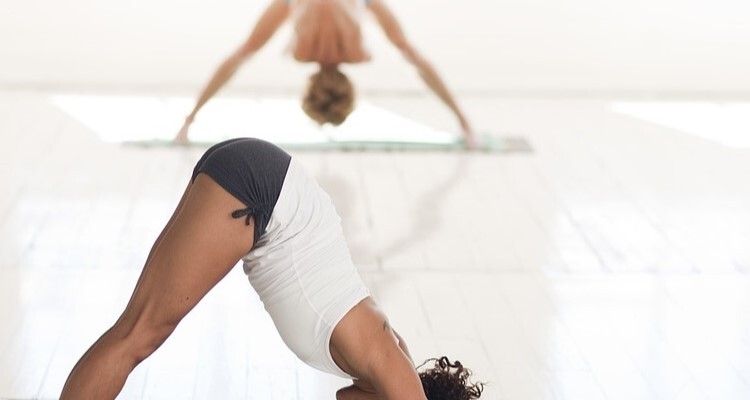
Functional fitness has become a buzzword in the fitness world, emphasizing the importance of exercises that translate directly to real-life activities. Unlike isolated movements that target specific muscles, functional fitness workouts prioritize overall strength, mobility, and coordination. In this blog, we'll explore what functional fitness is, its benefits, and key exercises to incorporate into your routine for a well-rounded and practical approach to fitness.
Functional fitness focuses on enhancing the body's ability to perform everyday activities, promoting movements that mimic those encountered in daily life. This approach not only builds strength but also improves flexibility, balance, and stability, making individuals more capable and resilient in various situations.
Functional fitness workouts target movements such as pushing, pulling, lifting, and rotating, preparing the body for the physical demands of daily life.
Many functional exercises engage the core muscles, promoting stability and balance. This translates to better posture and a reduced risk of injuries.
Functional movements often involve multiple joints, contributing to increased flexibility and improved range of motion.
Functional workouts can be intense and incorporate full-body movements, making them effective for burning calories and promoting weight management.
By training the body to move in a coordinated and balanced manner, functional fitness reduces the risk of injuries caused by imbalances or weaknesses in specific muscle groups.
Squats replicate the motion of sitting down and standing up, engaging the muscles in the lower body, including the quadriceps, hamstrings, and glutes.
Deadlifts mimic the action of lifting objects from the ground, targeting the posterior chain, including the back, glutes, and hamstrings.
Push-ups strengthen the chest, shoulders, triceps, and core, promoting upper body strength and stability.
Planks engage the entire core and promote stability, benefiting posture and reducing the risk of lower back pain.
Kettlebell swings are dynamic, engaging the hips, glutes, and core. They mimic movements involved in lifting and swinging objects.
Lunges work the legs and improve balance, replicating movements required for walking, climbing stairs, or getting up from a seated position.
If you're new to functional fitness, begin with bodyweight exercises to focus on proper form and movement patterns.
As you progress, incorporate resistance through weights, resistance bands, or other tools to challenge your muscles.
Include exercises that challenge your balance and coordination, such as single-leg movements or exercises on unstable surfaces.
Keep your workouts diverse by incorporating a variety of functional movements to target different muscle groups and movement patterns.
Functional fitness is about more than just looking good; it's about building a body that performs well in everyday life. By incorporating functional fitness workouts into your routine, you not only enhance your strength and flexibility but also equip yourself to tackle the physical challenges of daily activities with confidence and resilience. So, lace up those sneakers, focus on functional movements, and embark on a journey to a stronger, more capable you.
Before working on your fitness it is always best to consult an expert. You can find strength and conditioning coaches, and other experts in training such as yoga teachers and sports physiotherapists here on our global directory of sport and fitness specialists.
